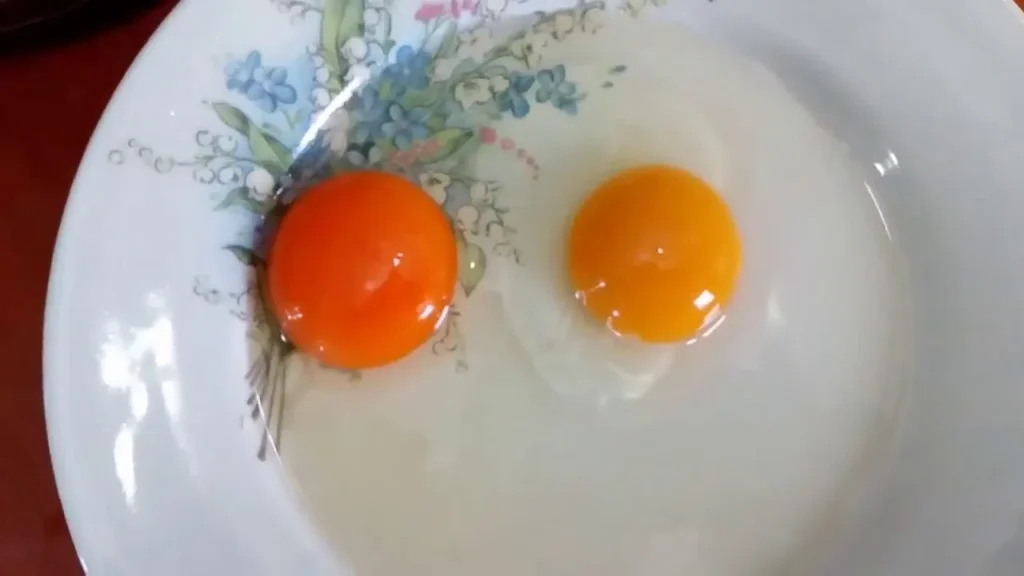Identifying Fake Eggs: A Comprehensive Guide

Learn how to detect counterfeit eggs with our detailed process. Safeguard your health by identifying fake eggs and understanding the risks they pose.
There have been reports of counterfeit or fake eggs being produced in some regions, particularly in areas where there may be concerns about food safety or where the demand for eggs exceeds the supply. These fake eggs are typically made from inexpensive materials such as gelatine, agar, or chemicals like calcium carbonate, and they are designed to mimic the appearance of real eggs.
Consuming such fake eggs can indeed pose serious health risks, as they may lack the nutritional value of real eggs and could potentially contain harmful substances or contaminants. Additionally, the production processes used to create these fake eggs may not adhere to proper hygiene and safety standards, further increasing the risk of illness or contamination.
It’s essential for consumers to be vigilant and purchase eggs from reputable sources to ensure their safety and quality. Regulatory authorities also play a crucial role in monitoring food production and cracking down on counterfeit products to protect public health.

The Hidden Dangers Lurking in Fake Eggs: A Cautionary Tale
In a bustling city where markets teem with every imaginable delicacy, there exists a quiet menace lurking amidst the vibrant stalls—a danger concealed within the innocent shell of an egg. This is not your ordinary egg, but a counterfeit creation, a synthetic imitation designed to deceive the unwary.
Meet Rihanna, a diligent homemaker who prides herself on providing nutritious meals for her family. One fateful day, drawn by the promise of a bargain, she unwittingly purchases a carton of eggs from a street vendor. Little does she know, these eggs are not what they seem.
As Rihanna cracks one of the suspicious eggs into a sizzling pan, she notices something amiss—a strange consistency, an unnatural sheen. Ignoring her instincts, she proceeds to cook, unaware of the perilous journey her family is about to embark upon.
Hours later, a wave of nausea grips Rihanna’s household. Stomachs churn and brows furrow with discomfort. A trip to the doctor reveals the grim truth: they have fallen victim to the perils of fake eggs. The counterfeit shells harbored toxins and contaminants, wreaking havoc on their unsuspecting bodies.
This cautionary tale is not unique to Rihanna and her family. Across the globe, reports of counterfeit eggs infiltrating markets have surfaced, posing a grave threat to public health. These fake eggs, often concocted from gelatin, agar, or other dubious ingredients, lack the nutritional value of their genuine counterparts. Worse still, they may harbor harmful chemicals and pathogens, leading to a myriad of health complications ranging from gastrointestinal distress to more severe ailments.
But how can one distinguish between real eggs and their counterfeit counterparts?
The answer lies in vigilance and knowledge. Genuine eggs boast certain characteristics—weight, texture, and color—that counterfeit eggs struggle to replicate. Additionally, purchasing eggs from trusted sources and scrutinizing packaging for authenticity can help safeguard against unwitting consumption of fake eggs.

Here’s a detailed process to help you identify potentially fake or adulterated eggs and ensure the safety of your health:
- Inspect the shell: Genuine eggs typically have a consistent color and texture. Look for any irregularities such as rough spots, discoloration, or unusual bumps on the shell. Fake eggs may have a shinier appearance or an unnaturally smooth texture.
- Check for weight: Hold the egg in your hand and gauge its weight. Real eggs have a certain heft to them due to their contents. If an egg feels unusually light, it could be a sign that it’s fake or has been tampered with.
- Examine the shell’s surface: Run your fingers over the eggshell’s surface. Real eggs have a slightly porous texture, while fake eggs may feel smoother or more uniform. Look closely for any seams or unnatural lines that indicate the egg has been molded rather than laid.
- Perform the float test: Fill a bowl with water and gently place the egg inside. Real eggs will sink and lie horizontally on the bottom of the bowl due to their density. Fake eggs, on the other hand, may float or stand upright in the water due to their composition. If an egg floats, it’s best to avoid consuming it.
- Observe the yolk and albumen: Crack open the egg and examine its contents. Real egg yolks are typically bright yellow or orange in color and have a firm texture. The albumen (egg white) should be clear and slightly viscous. If the yolk appears pale or watery, or if the albumen is cloudy or discolored, it could indicate that the egg is fake or of poor quality.
- Smell the egg: Real eggs have a neutral or slightly eggy odor. If the egg emits a strong, unpleasant smell, it may be spoiled or contaminated. Trust your senses—if something smells off, it’s best to discard the egg.
- Purchase from reputable sources: Whenever possible, buy eggs from trusted sources such as certified markets, grocery stores, or directly from farmers. These establishments are more likely to adhere to quality standards and regulations, reducing the risk of purchasing counterfeit or adulterated eggs.
- Check for certifications and seals: Look for certification labels or seals of approval on egg cartons, indicating that the eggs have undergone quality inspections and meet safety standards. Be wary of products lacking proper labeling or with suspiciously low prices, as they may be counterfeit or of inferior quality.
By following these steps and exercising caution when purchasing and consuming eggs, you can minimize the risk of encountering fake or injurious eggs and safeguard your health and well-being. Remember, vigilance is key when it comes to ensuring the safety of the food you eat.
Yet, the battle against counterfeit eggs extends beyond individual vigilance. Regulatory bodies and authorities must enact stringent measures to crack down on the production and distribution of fake eggs. By enforcing strict quality standards and conducting regular inspections, they can stem the tide of this clandestine trade and protect consumers from harm.
As for Rihanna and her family, their ordeal serves as a sobering reminder of the hidden dangers lurking within the food supply chain. Armed with knowledge and caution, they vow to remain vigilant in their quest for wholesome nourishment, sparing no effort to ensure the safety of their loved ones.
In the end, let us heed the cautionary tale of fake eggs—a tale of deception, danger, and the enduring quest for food safety in an ever-evolving world.
